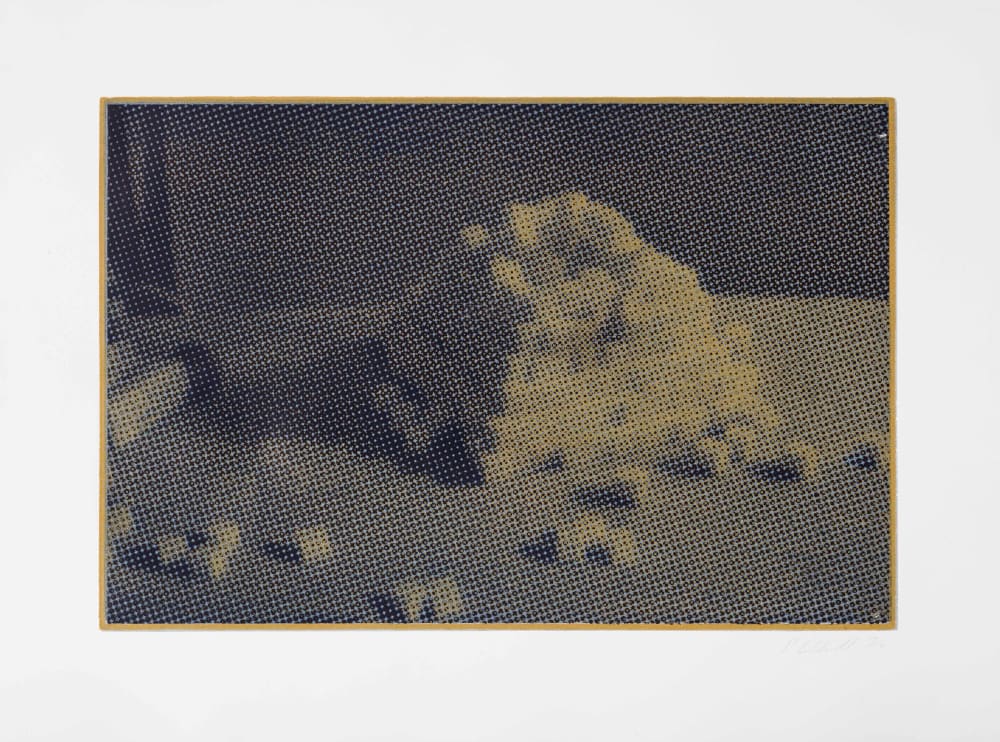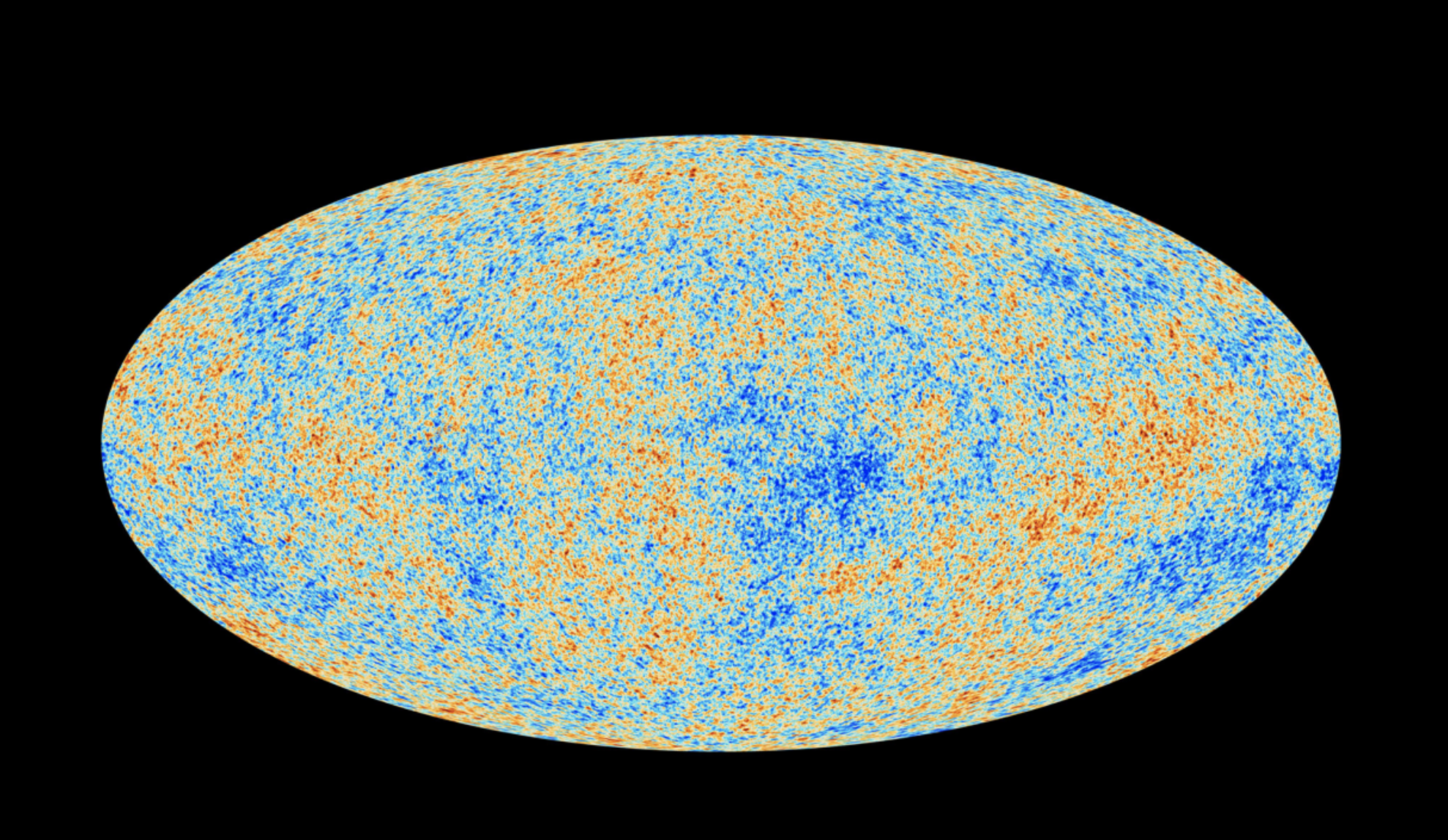In November this year, UAL Research presents a two-day conference, the highlight of an ongoing collaborative project co-chaired by UAL’s Professor Paul Coldwell, artist and researcher whose practice includes prints, book works, sculptures and installations and Professor Ruth Morgan, Professor of Forensic Science at University College London.
Picturing the Invisible is a significant, year-long cross disciplinary project that pulls together research academics and postgraduate students from subjects as disparate as astrophysics, philosophy, printmaking, psychoanalysis, surgery, forensics and fine art.

, Chelsea College of Arts, UAL | Photograph: Paul Coldwell
Funded by the Arts and Humanities Research Council, members of the project are working together to develop better ways of exchanging knowledge with each other, using the idea of “the Invisible” as a subject to bring them together. As Professor Coldwell puts it:
“It began to occur to me that the problems of the world cannot be solved within discrete silos, but issues like global warming, migration and others have to be approached from a range of different perspectives and disciplines to give meaningful solutions."
Professors Coldwell and Morgan began the project by writing to a long list of academics, asking them to consider how they imagine “the invisible” from within their own disciplines: what connotations the word had and how they articulated, spoke or showed these when communicating their ideas to others.
The varied responses kick-started the project, and the core participants met at Sir John Soane’s Museum in Holborn – the former house of the neoclassical architect. It remains a treasure trove of his many and varied collections, which still hang in his original, rather crowded arrangement. An act of Parliament in 1833 dictated the house and its artefacts should be preserved for the nation as close as possible to the way they were displayed when Soane died. Professor Coldwell had already been researching at the museum for over a year and exhibited his findings in an exhibition in September 2019.

, Chelsea College of Arts, UAL | Photograph: Paul Coldwell
When we asked why the museum felt like such a natural partner to Picturing the Invisible, he replied:
“I approached it from the perspective that it’s a museum that’s absolutely chock-a-block with stuff – you know, there’s hardly room to move – and yet for me that highlights some conspicuous absences within the museum and the traces of those who lived there, particularly the staff of the house: the butler, the maids and other servants. There’s almost no evidence of them having been there at all. So my exhibition was about the invisible domestic staff, trying to imagine the experiences of the people who lived below stairs, and who would have seen a lot of amazing things happening around them.
"Of course the museum was also a place of many disciplines working together. There’s architecture, art, philosophy, politics, not to mention the psychology behind some of the more eccentric things Soane did, like laying a place setting for his wife at dinner for many years after her death, or constructing a ‘monk’s parlour’ in the basement so he could play out an alter-ego.
“The museum was a wonderful place to meet the members of the project too. Often when academics work together, we meet in rather dry university meeting rooms, whereas at Sir John Soane’s Museum we had a tour of all the rooms, and the unusual nature of the place lent itself to a freedom of exchange that opened up candid conversation from the very beginning."

, Chelsea College of Arts, UAL | Photograph: Credit Gareth Gardner. Courtesy Sir John Soanes Museum
After that initial meeting, and following on from Prof. Coldwell's research work, Owen Hopkins, Senior Curator of the museum, became a formal member of the group too.
Coldwell continues: “Picturing the Invisible brings together several colleges within UAL as well as University College London, Imperial College London, Medical University of Vienna, University of Sussex, University of Oxford, the Sir John Soane’s Museum and the journal Art in Print. Increasingly we are seeing research students pulling together very different disciplines when they approach a PhD, and the opportunities for joint supervision that will arise from this project is particularly exciting."
One of the first things to come from the project has been something that will be useful for all participants going forward: a glossary of terms. It was clear that people from different disciplines used the same words to mean different things, and Professor Roberto Trotta is leading on the compilation of a document that will help colleagues to ‘translate’ each other and work with a common language.It’s expanded at each meeting or seminar and will form one of the research outcomes of the project.

, Chelsea College of Arts, UAL | Photograph: Courtesy Roberto Trotta: The Planck Collaboration
For Professor Coldwell, this project has only underlined the importance of working with academics from across a range of disciplines and institutions:
“There has traditionally always been a large appetite for cross-disciplinary working at UAL, from both students and staff , at all levels of study. Although there are plenty of ways our students can meet and exchange ideas within the confines of the University (visit our Research Centres website hub to find out more) we are still all working in an art and design context. To fulfill this desire for working with people from different academic backgrounds, we need to go outside our own institution and build bridges with others.”
The Picturing the Invisible conference takes place at Chelsea College of Arts on 7-8 November 2019. The conference is free to attend, but booking is essential.
Visit the event page for more information and to book your ticket.

